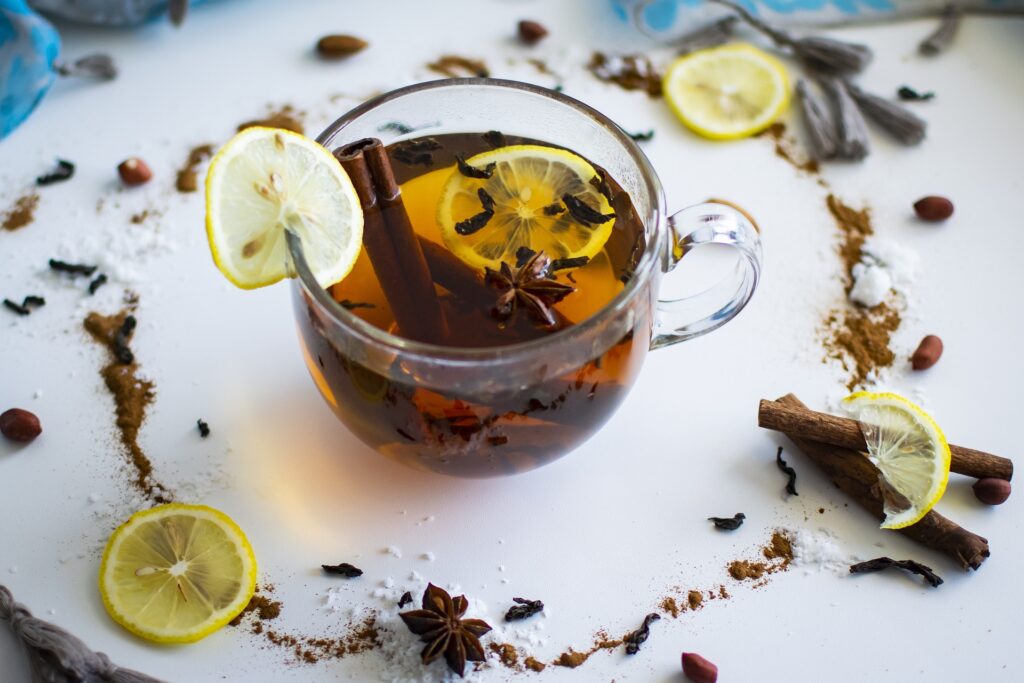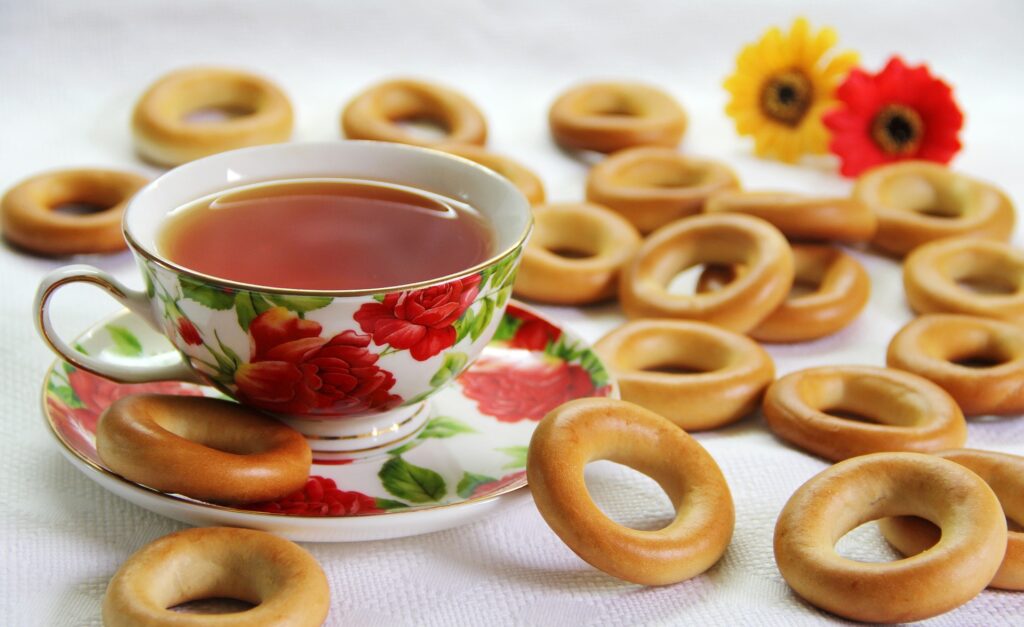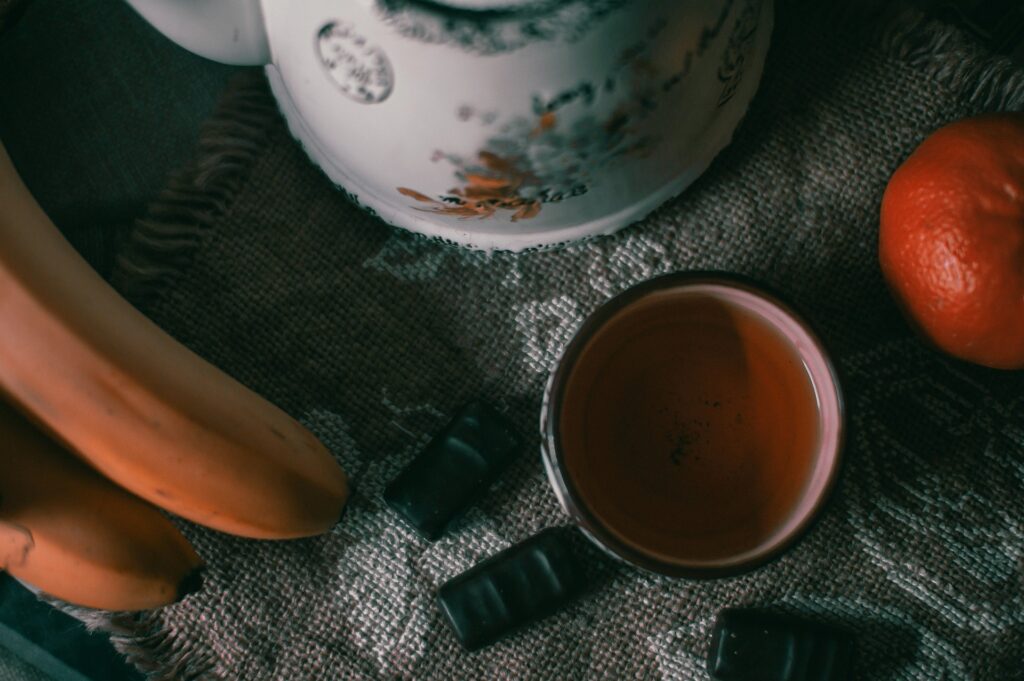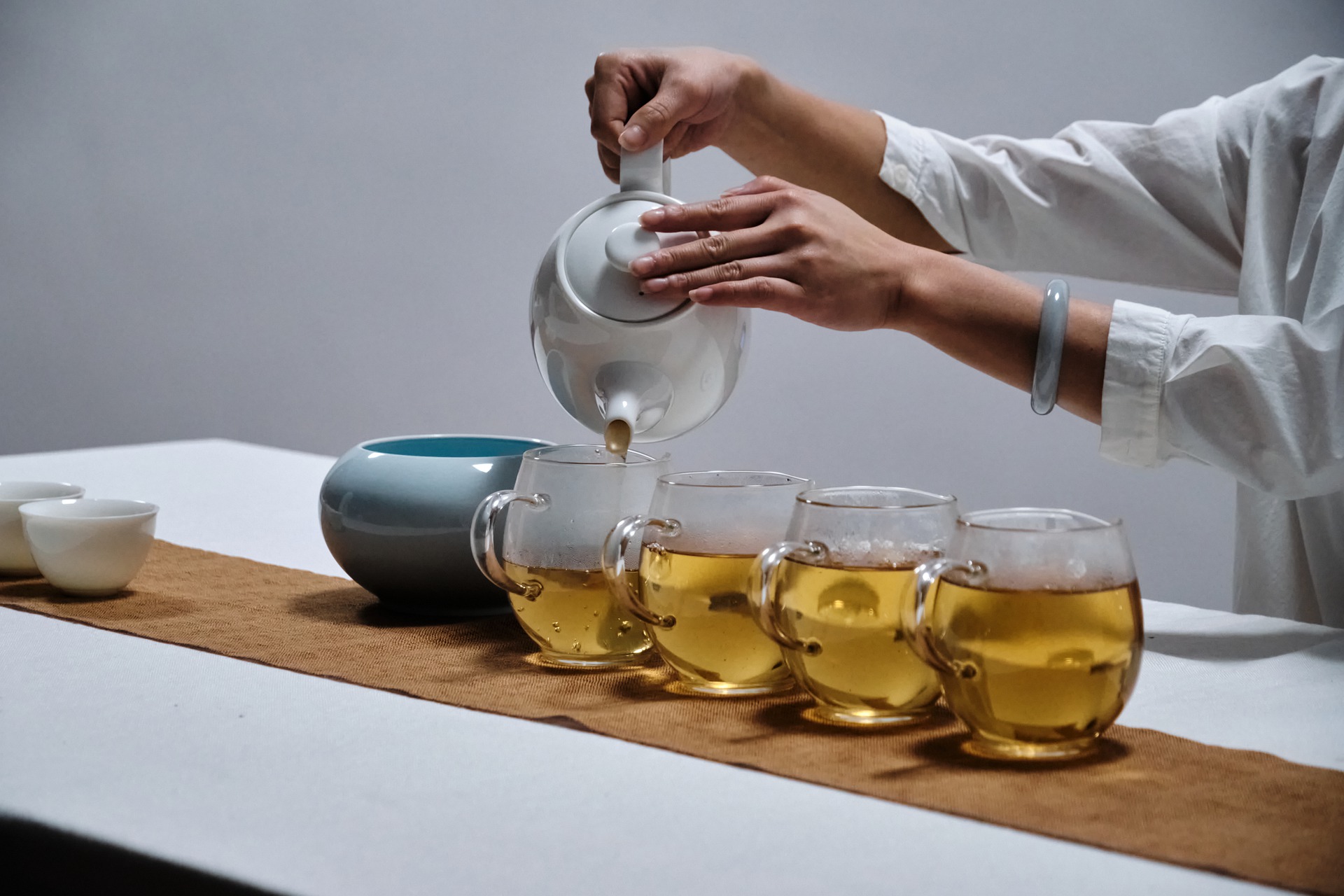In a world brimming with hustle and bustle, finding moments of tranquility becomes paramount. Amidst the chaos, tea rituals stand as timeless sanctuaries, offering a blend of mindfulness, culture, and tradition. While many are familiar with popular tea ceremonies like the Japanese Chanoyu or Chinese Gongfu Cha, there exist a plethora of lesser-known tea rituals waiting to be discovered. Join us on a journey as we delve into the enchanting world of rare tea rituals from diverse corners of the globe.
Table of Contents

1. Ethiopian Tea Ceremony
Nestled within Ethiopia’s lush highlands, the Ethiopian tea ceremony unfolds as a hidden gem amidst a nation renowned for its coffee culture. This rare tradition, though overshadowed by its caffeinated counterpart, embodies a unique blend of community and tradition. Steeped in symbolism, each aspect—from the careful selection of tea leaves to the rhythmic pouring—is a dance of hospitality and connection. As the aroma of brewed tea mingles with the air, it beckons friends and family to gather, weaving stories and forging bonds that transcend time. Here, in the heart of Ethiopia, the tea ceremony offers a glimpse into a world where simplicity reigns supreme and the art of brewing tea becomes a sacred ritual.
2. Moroccan Mint Tea
Moroccan Mint Tea, also known as “Atay,” is more than just a beverage; it’s a symbol of hospitality and friendship deeply ingrained in Moroccan culture. The preparation of this tea involves a series of precise pouring techniques that not only enhance the flavor but also create a beautiful presentation. Green tea leaves are steeped with fresh mint leaves and sweetened with sugar, resulting in a refreshing and aromatic brew. The tea is then poured from a height to create a frothy layer on top, a skill that Moroccan hosts take pride in mastering.
3. Russia’s Tea Rituals with the Samovar Ceremony
Step into the heart of Russia’s tea culture with the Samovar ceremony. The Samovar, a traditional Russian tea urn, holds a special place in Russian households, symbolizing warmth, hospitality, and togetherness. The ceremony often involves a selection of teas, sweet treats, and lively conversation shared among family and friends. The Samovar itself is an object of beauty, often adorned with intricate designs and passed down through generations, carrying with it the memories of countless gatherings and celebrations.

4. Korean Dado
Discover the elegance of Korean tea rituals through the Dado ceremony. Rooted in Confucian philosophy, this ritual emphasizes harmony, respect, and mindfulness in every sip. The preparation of tea in Korean culture is a meticulous process, with each step carefully executed to ensure balance and tranquility. From selecting the finest tea leaves to arranging the utensils with precision, every aspect of the Dado ceremony is steeped in tradition and symbolism, creating a space for contemplation and connection.
5. Tibetan Butter Tea
Journey to the Himalayas to uncover the secrets of Tibetan Butter Tea, or “Po Cha.” This unique tea, made from yak butter, salt, and tea leaves, is not only a source of nourishment but also a cultural staple deeply rooted in Tibetan identity. The preparation of Butter Tea involves churning the ingredients together in a wooden churn until frothy, resulting in a rich and savory brew. Traditionally served in small bowls, Butter Tea is enjoyed throughout the day, providing sustenance and warmth to those living in the harsh Himalayan climate.
6. British Afternoon Tea
While Afternoon Tea is a well-known tradition, delve into lesser-known aspects such as regional variations, modern interpretations, and the etiquette surrounding these quintessential British tea rituals. Introduced by Anna, the seventh Duchess of Bedford, in the early 19th century, Afternoon Tea quickly became a fashionable social event, offering an opportunity for aristocratic women to gather and gossip over a pot of tea and delicate pastries. Today, Afternoon Tea has evolved into a cherished tradition enjoyed by people of all ages and backgrounds, with variations ranging from traditional to contemporary.
7. Thai Cha Ron
Experience the simplicity and sweetness of Thai Cha Ron, a traditional Thai tea ritual that emphasizes balance and mindfulness in every sip. In Thai culture, tea is more than just a beverage; it’s a symbol of hospitality and goodwill. Cha Ron, or Thai iced tea, is made from strongly brewed black tea sweetened with condensed milk and served over ice. The result is a creamy and indulgent drink that perfectly complements Thailand’s spicy and flavorful cuisine. Whether enjoyed on a bustling street corner or in the comfort of a local café, Cha Ron embodies the warmth and hospitality of Thai culture.

8. Turkish Tea Rituals with Çay Saati
Enter the vibrant world of Turkish tea culture with Çay Saati, or Tea Time. From the iconic tulip-shaped glasses to the social customs, explore the rich tapestry of Turkish tea rituals. Tea holds a special place in Turkish society, serving as a symbol of hospitality and friendship. In Turkey, tea is typically served in small glasses accompanied by sugar cubes and sometimes a slice of lemon. Whether enjoyed in a traditional tea garden or a bustling bazaar, Çay Saati is a time-honored tradition that brings people together to share stories, laughter, and of course, tea.
9. Japanese Senchado
While Chanoyu often takes the spotlight, delve into the subtleties of Senchado, the Japanese art of brewing Sencha tea. Uncover the tea rituals, utensils, and philosophy that define this lesser-known tea ceremony. Sencha, a type of Japanese green tea, is revered for its fresh and grassy flavor, making it a popular choice for everyday consumption. Senchado, or the way of Sencha, is a simplified form of the more elaborate Chanoyu, focusing solely on the preparation and enjoyment of Sencha tea. From the careful selection of tea leaves to the precise brewing technique, every step in the Senchado ceremony is guided by principles of mindfulness and respect, creating a moment of quiet contemplation in the midst of everyday life.
10. Indian Chai Masala
Embark on a sensory journey through the streets of India with Chai Masala. Learn about the aromatic spices, brewing techniques, and cultural significance that make this tea ritual a cherished tradition. Chai, or spiced tea, holds a special place in Indian culture, serving as a symbol of hospitality and comfort. Masala chai is made by simmering black tea with a blend of aromatic spices such as cardamom, cinnamon, cloves, and ginger, creating a fragrant and invigorating brew. Whether enjoyed in a bustling market stall or a quiet corner café, Chai Masala is a quintessential Indian experience that awakens the senses and warms the soul.

Conclusion:
Tea rituals transcend mere consumption; they are expressions of culture, history, and human connection. From the bustling streets of Mumbai to the tranquil tea gardens of Japan, each ritual offers a glimpse into the soul of its respective culture. By exploring and embracing these diverse tea ceremonies, we celebrate the richness of human experience and the universal desire for moments of serenity and connection.
Frequently Asked Questions (FAQs):
1. Are these rare tea rituals accessible to everyone?
A. While some rituals may require specific ingredients or equipment, many can be adapted to suit individual preferences and resources. The essence of these rituals lies in the spirit of mindfulness and connection, which can be embraced by anyone, anywhere.
2. How can I incorporate these tea rituals into my daily life?
A. Start by exploring the rituals that resonate with you the most and experiment with incorporating them into your daily routine. Whether it’s setting aside time for a solo tea meditation or inviting friends over for a tea gathering, find ways to infuse moments of mindfulness and connection into your life through tea.
3. Are there any health benefits associated with these tea rituals?
A. Beyond the sensory pleasures, many traditional teas offer various health benefits, from antioxidant properties to digestive aid. However, it’s essential to approach tea consumption with moderation and mindfulness, focusing on enjoying the experience rather than solely on its health benefits.
4. Can I create my own unique tea ritual?
A. Absolutely! The beauty of tea rituals lies in their adaptability and personalization. Draw inspiration from existing traditions or let your creativity guide you in crafting a ritual that reflects your values, preferences, and cultural background.
5. How do I learn more about these rare tea rituals?
A. Delve deeper into the world of tea rituals by exploring literature, attending workshops or classes, and connecting with tea enthusiasts and experts. Online resources, cultural events, and specialty tea shops can also provide valuable insights and opportunities for learning and discovery.

